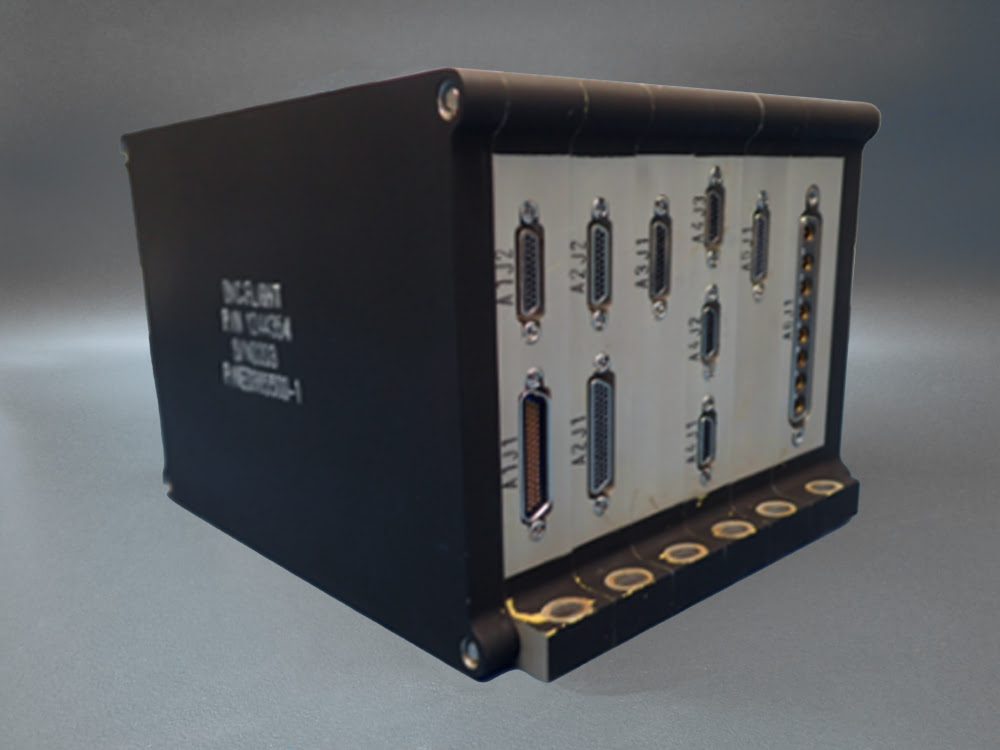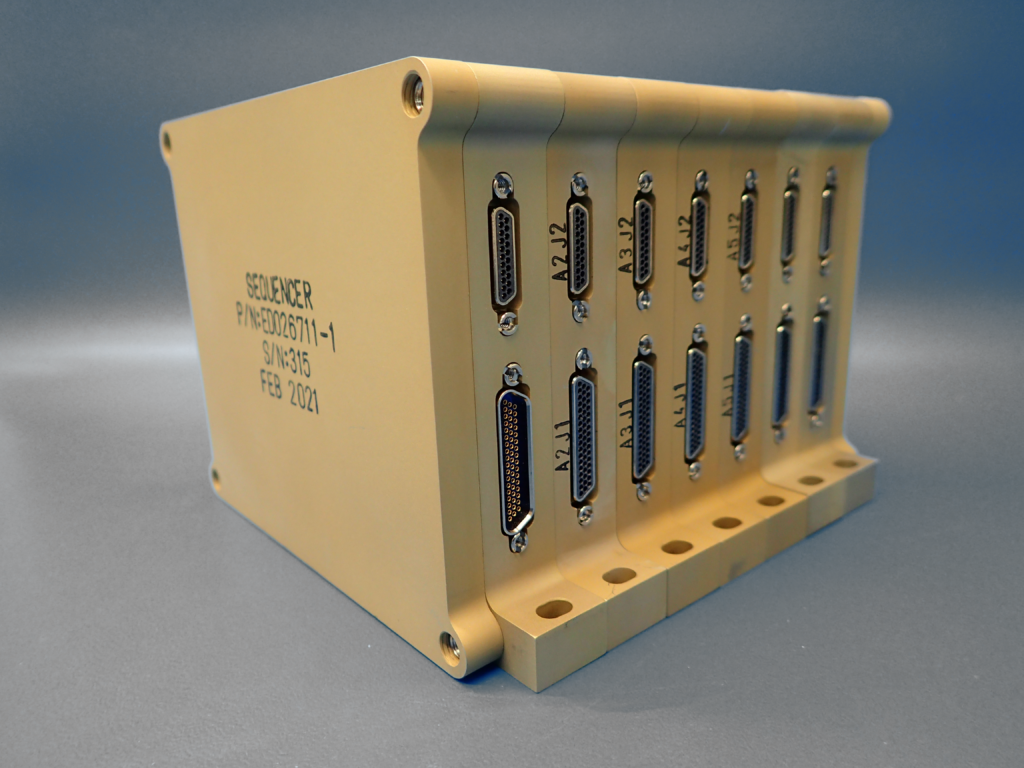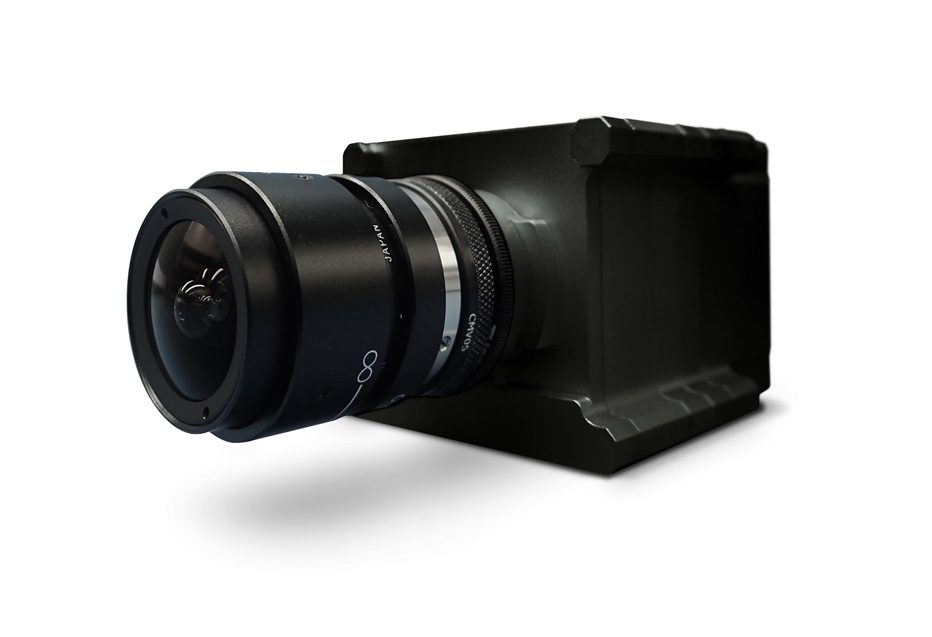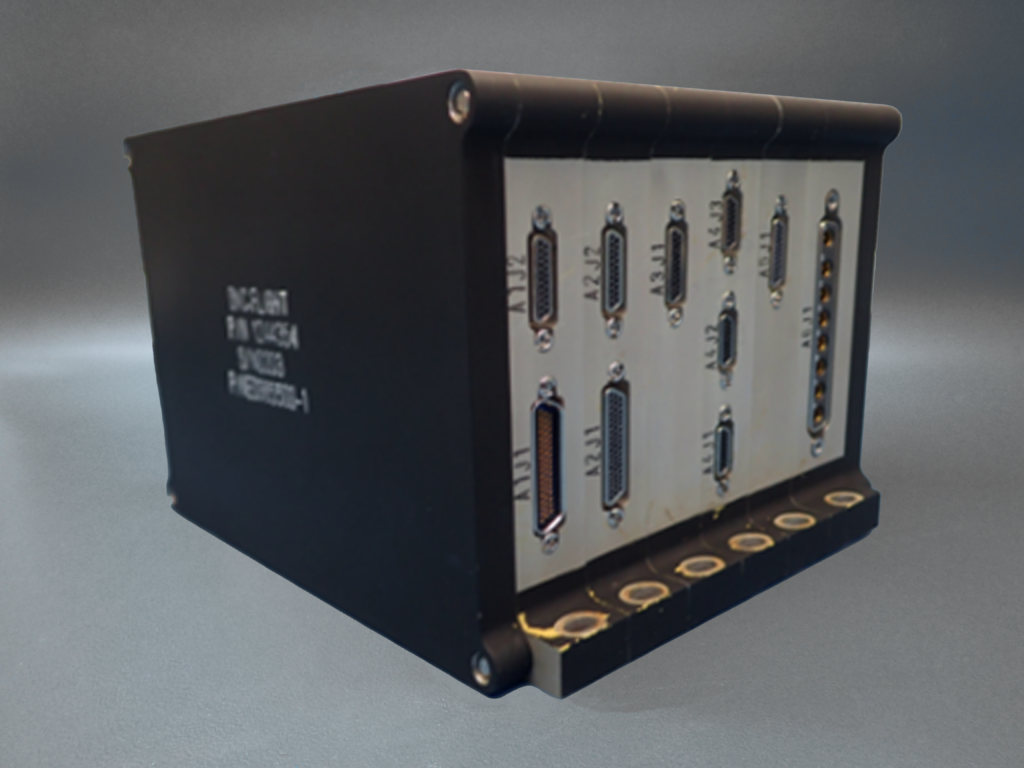Photonics, electronics and quantum technologies
We strive to address complex global challenges—ranging from climate change, large-scale migrations, and economic risks to emerging threats in mobility, healthcare, logistics, education, entertainment, and cybersecurity. To tackle these issues, we harness cutting-edge technologies, including photonics, advanced electronics, and quantum innovations, transforming scientific advancements into real-world solutions with lasting impact.

Quantum technologies
Photonics technology
Advanced electronics
Advancing photonic technologies for next-generation communications and AI
Securing the Future with Post-Quantum Cryptography and Quantum Sensing
Pioneering Optical Tech for Brain Interfaces and Navigation
We strive to address complex global challenges—ranging from climate change, large-scale migrations, and economic risks to emerging threats in mobility, healthcare, logistics, education, entertainment, and cybersecurity. To tackle these issues, we harness cutting-edge technologies, including photonics, advanced electronics, and quantum innovations, transforming scientific advancements into real-world solutions with lasting impact.
We are engaged in multiple projects focused on developing next-generation high-bandwidth communication systems for inter-satellite links using photonics. Additionally, we design co-processing architectures that leverage photonic technology to accelerate AI routines. Our ultimate goal is to miniaturize these photonic systems into chip-scale devices.
Additionally, we explore the applications of quantum sensing using magnetometer sensors based on spin systems, such as nitrogen-vacancy centers in diamond and silicon carbide. Our goal is to transition quantum sensing from the lab to real-world applications.
Our research in advanced electronics follows two key directions. First, we apply a multimodal approach that combines biopotentials with novel optical spectroscopy techniques to achieve seamless human-machine interaction, enabling real-time brain activity decoding.
Second, we develop state-of-the-art, compact, high-performance optical inertial sensors designed for the most demanding applications, such as autonomous navigation and positioning. Our goal is to push the limits of optical inertial sensing technology.















